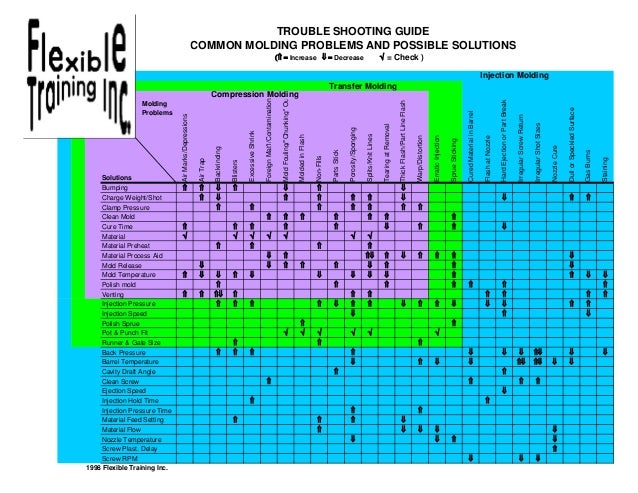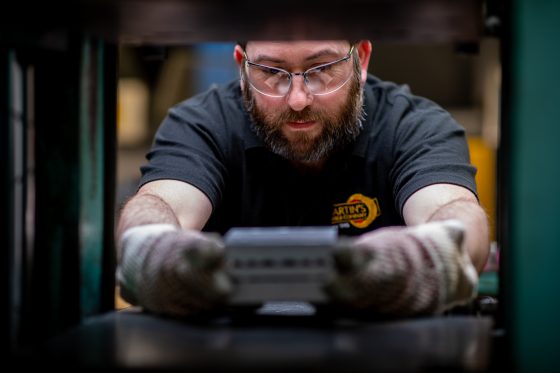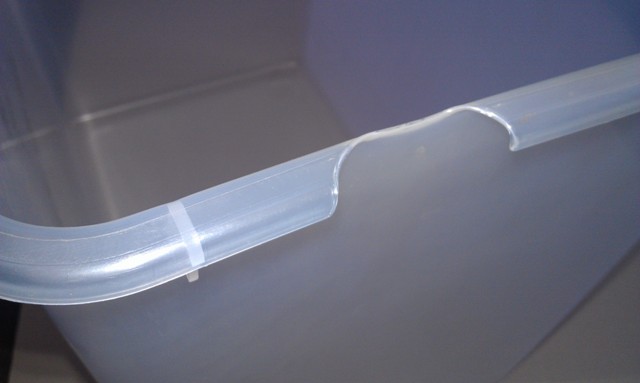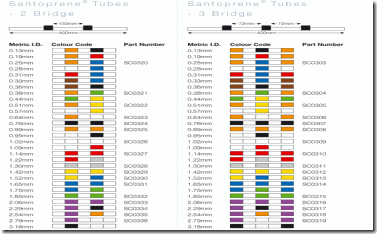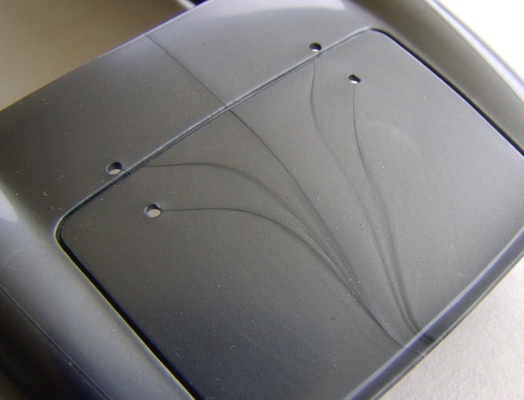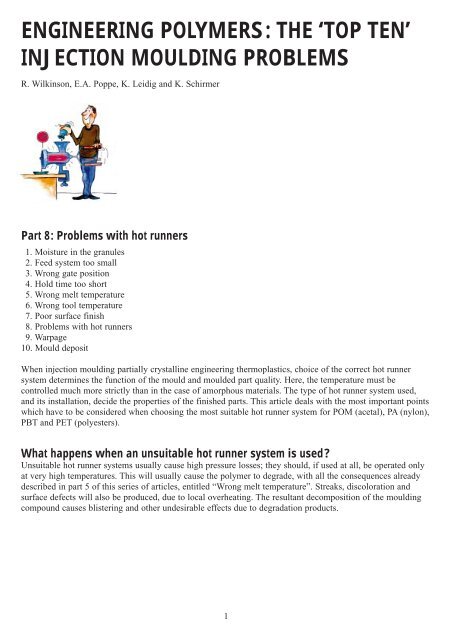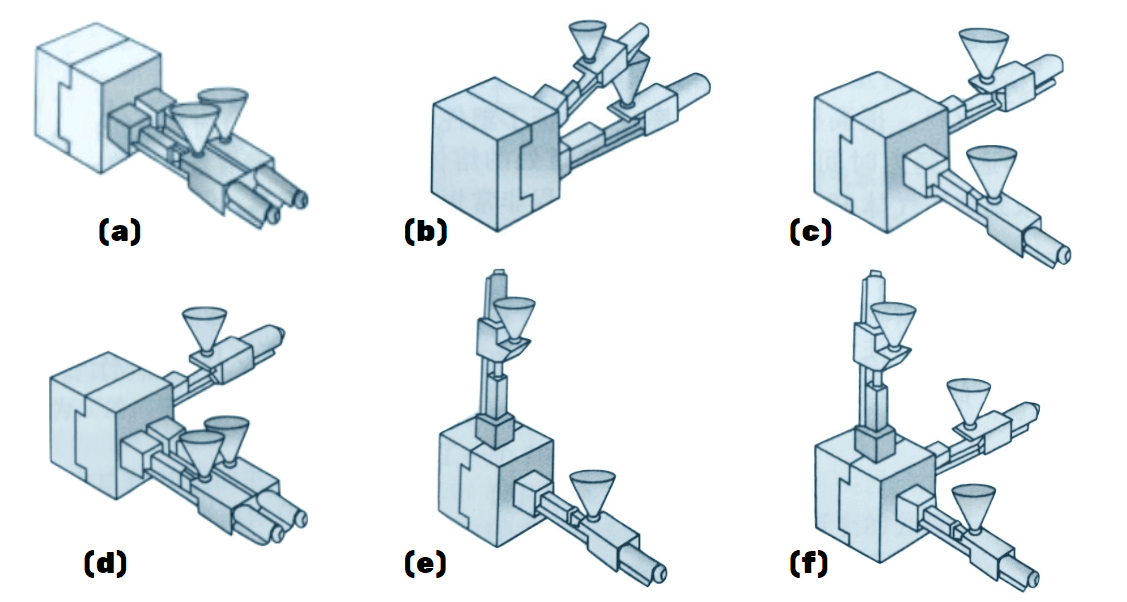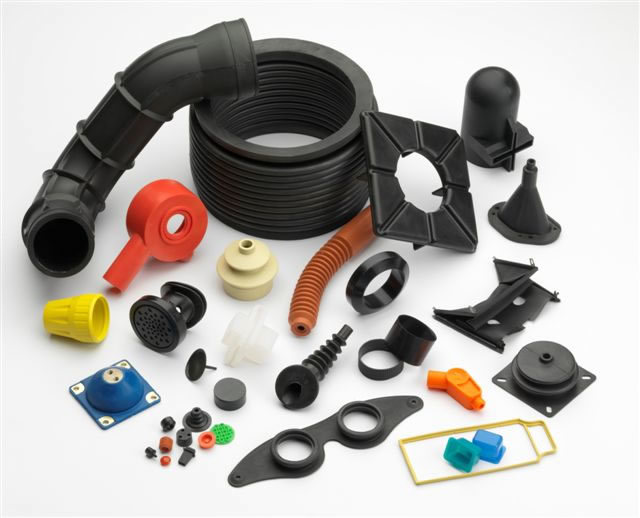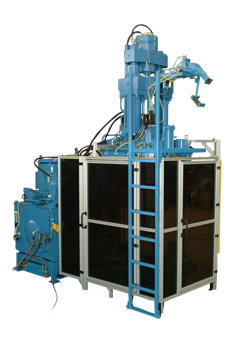Rubber Injection Molding Troubleshooting

Injection molded plastic begins its journey through the part tooling via an entry section called a gate.
Rubber injection molding troubleshooting. Injection too slow during the injection portion of the molding cycle the material does not fill the mold in the recommended injection time. Rubber injection molding may have higher initial startup costs when compared to other molding processes. When injection molding liquid silicone rubber certain problems can occur that directly affect the quality of the final product in spite of the great planning that may have gone into material selection machine process and the processing parameters. Pi proportional integral controller or on off settings type and thickness of insulation plates platen heater and the molding process as previously described.
Tool modification can also be difficult with the machine s runner system. If these issues are not controlled promptly and properly they could end up resulting in damage to the machine mold and finished product. Increase stock temperature by increasing back pressure and or barrel temperature. Common issues with rubber injection molding.
Check injection throttle position and if possible increase its setting. Air traps is that air is trapped in the cavity to create bubbles in the part. Stock temperature too low mould temperature non uniform or too low mould fill too fast or too slow excess mould lubricant scratched or dirty mould surface fill speed and or packing time too low inadequate venting improper gate location or design. Liquid silicone rubber injection molding troubleshooting.
Virtual molding will auto matically calculate heat flow through all the mold components and the heat lost from the cavities due to radiation while the mold is open. Flow lines are streaks patterns or lines commonly off toned in color that show up on the prototype part as a consequence of the physical path and cooling profile of the molten plastic as it flows into the injection mold tooling cavity. 1 increase injection pressure and injection speed to enhance shear heat 2 increase the amount of injection 3 increase material cylinder temperature and mold temperature.
